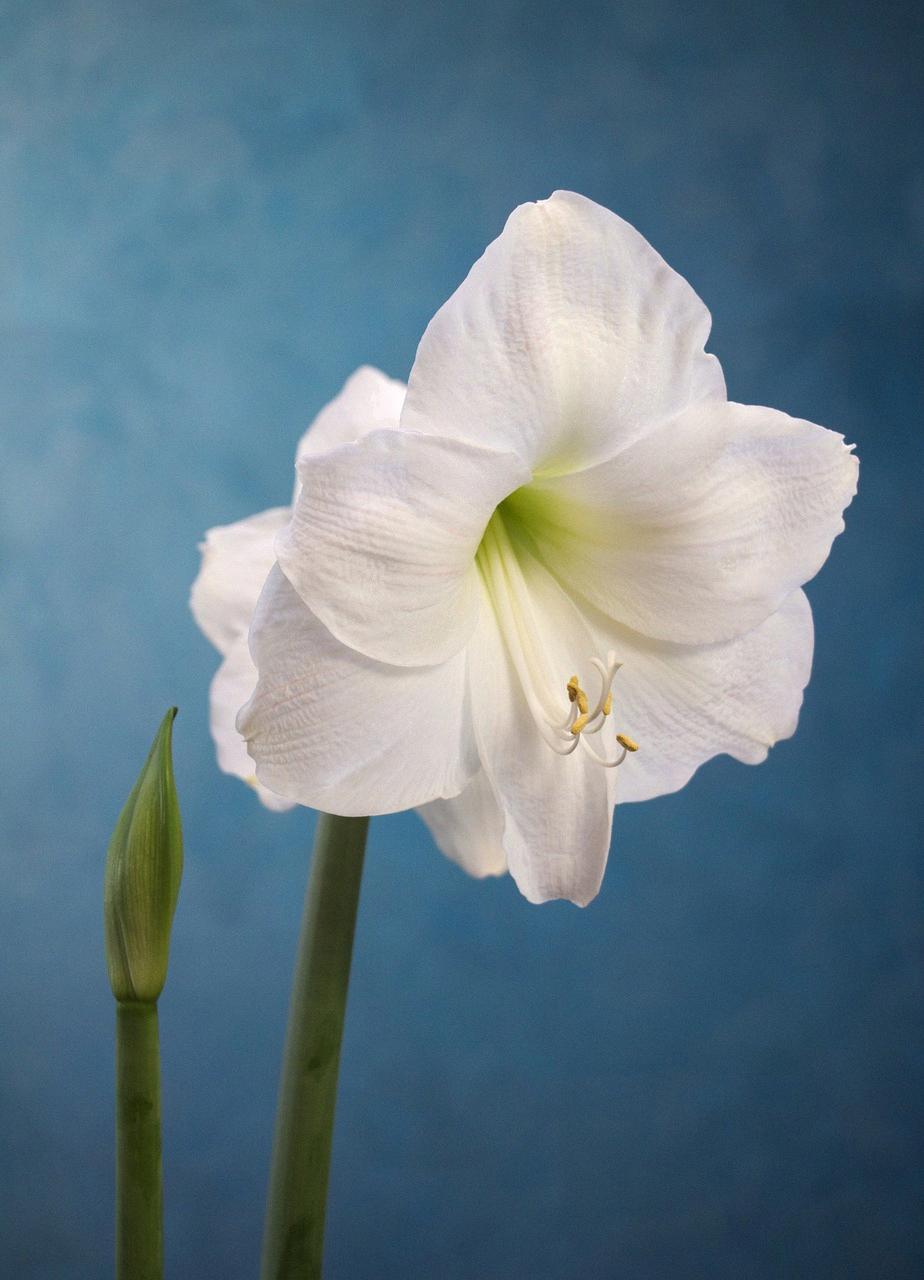So, your beautiful amaryllis has finished flowering, and you might be wondering what comes next. Don’t worry, I’ve got you covered with some tips on how to care for your plant after the blooms have faded.
Cut Back the Flower Stalk
The first thing you should do is cut back the flower stalk once it has finished blooming. Use a clean, sharp pair of scissors to snip the stalk off at the base. This will help redirect the plant’s energy back into the bulb.
Give It Proper Light
After flowering, your amaryllis will need plenty of bright, indirect light to thrive. Find a spot in your home with ample sunlight, such as a window with a southern exposure. This will help the plant store up energy for the next blooming cycle.
Continue Regular Watering
Water your amaryllis regularly, allowing the soil to dry out slightly between waterings. Be careful not to overwater, as this can lead to root rot. A good rule of thumb is to water when the top inch of soil feels dry to the touch.
Fertilize Monthly
To promote healthy growth, fertilize your amaryllis monthly with an all-purpose houseplant or indoor plant fertilizer. Follow the instructions on the label for the proper dosage, and be sure to feed the plant during the growing season.
Consider Repotting
If your amaryllis has outgrown its pot or if the bulb looks crowded, consider repotting it into a slightly larger container. Use a well-draining potting mix to prevent waterlogged soil, which can harm the plant.
Allow for Dormancy
During the fall, your amaryllis may enter a period of dormancy where the leaves die back. This is normal and allows the plant to rest and recharge for the next blooming season. Cut back the foliage and reduce watering during this time.
Provide Adequate Humidity
Amaryllis plants prefer a slightly humid environment. To increase humidity around your plant, consider placing a shallow dish of water near the pot or using a humidifier in the room.
Protect From Drafts
Avoid placing your amaryllis near drafty windows or doors, as sudden temperature changes can stress the plant. Keep it in a stable environment with consistent temperatures to promote healthy growth.
Monitor for Pests
Keep an eye out for common houseplant pests like aphids, mealybugs, and spider mites, which can infest amaryllis plants. If you notice any signs of pest activity, treat the plant with insecticidal soap or horticultural oil.
Prepare for the Next Blooming Cycle
With proper care and attention, your amaryllis will likely bloom again in the next growing season. Follow the above tips to ensure your plant stays healthy and ready to produce another round of stunning flowers.
Conclusion
Caring for your amaryllis after flowering is essential to its long-term health and blooming success. By following these guidelines, you can enjoy a beautiful, thriving plant year after year. Happy gardening!

